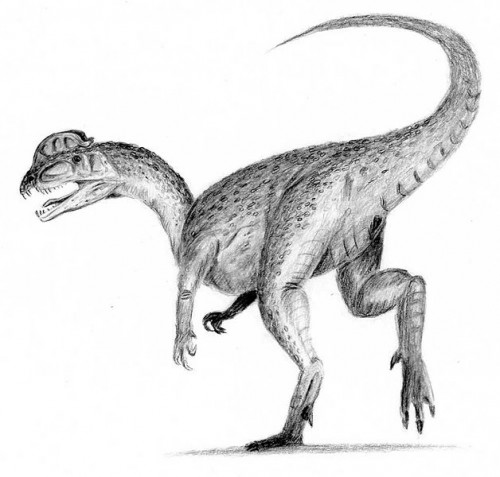Mass Extinctions Occur Every 27 Million Years
A team of U.S. researchers came up with a study which states that every 27 million years the Earth experiences a mass extinction. It means that a new mass extinction will happen in 16 million years, more or less.

The cause of the extinction of dinosaurs durng the Cretaceous-Tertiary extinction event is of much debate between researchers
In Nemesis Reconsidered, Adrian Melott, physicist at the Kansas University, and Richard Bambach, paleontologist at the Smithsonian Institution, talk about their verdict referring to the “Nemesis” theory. Mention should be made of the fact that “Nemesis” auspicates the presence of a so-called dark companion to our sun. This companion is held responsible for the deadly comet showers entering our solar system every time it crosses that cloud of comets which are said to circle the solar system and which are known as the Oort Cloud.
In 500 million years, the two scientists recognized 19 notable mass extinctions. 10 of them took place 3 million years after or before that exact moment prognosticated by the cycle of 27 million years.
The dinosaur extinction from 65.5 million years ago is included here. It took place exactly three cycles ago. Between 10 and 60% of all existing species disappeared during each such event. Scientists state that it is almost sure these events did not happen randomly.
Paleontologists came up with the “Nemesis” theory in 1984 in order to explain mass extinctions that occurred periodically. Mellot and Bambach say that in these last 500 million years such a star has probably changed its orbital period by 15 to 30 %.
In other papers, the star is supposed to need more time (4% more) to do it because of perturbations caused by passing stars and the tidal gravitational field of the galaxy.
Melott and Brambach noticed: “The fossil record is inconsistent with perturbations expected in the orbit of a dark Solar companion.”
The researchers however did not provide a different explanation for the recurrent mass extinctions therefore they are still a mystery for us.



.